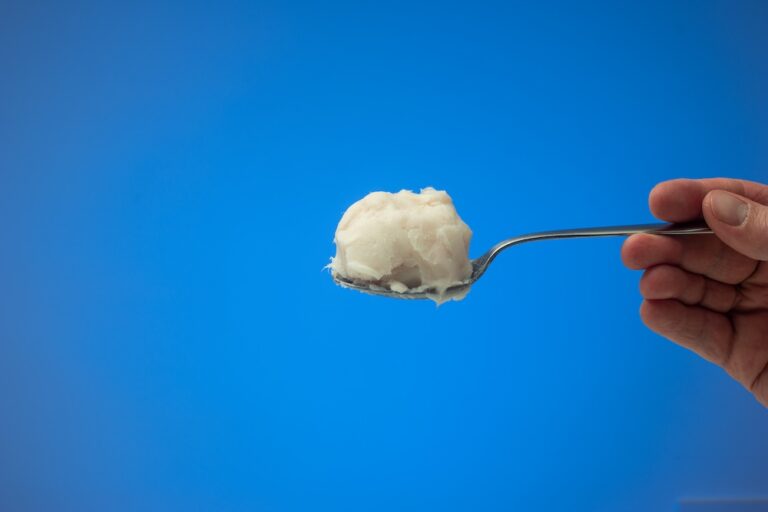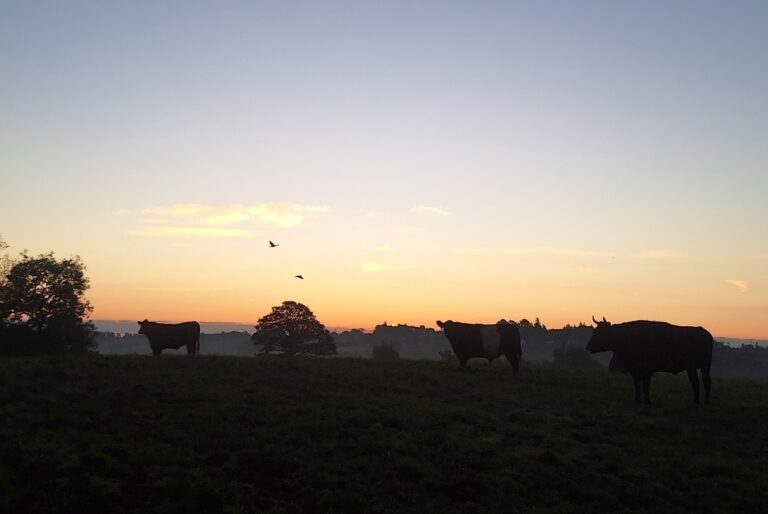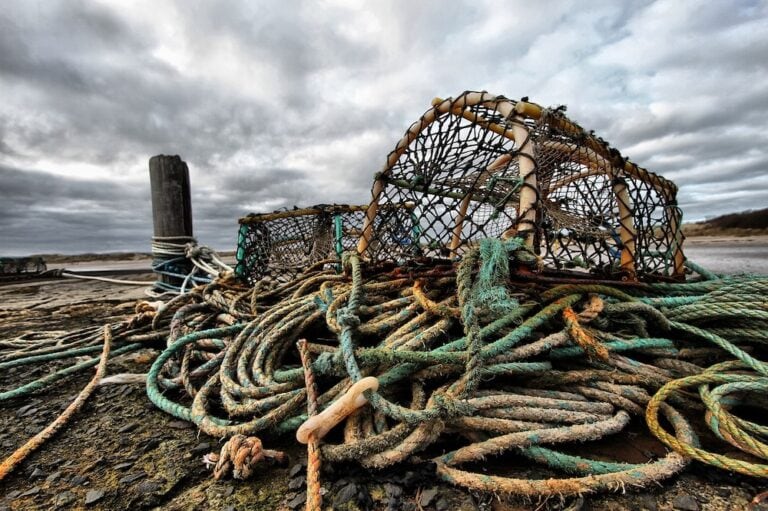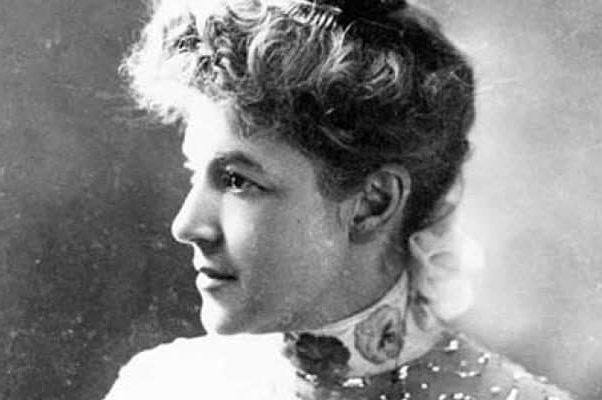If you’re an artist who cares about the rights of other animals and follows a vegan way of life, you might be surprised to learn that many art supplies contain animal-derived ingredients. From paints to brushes to adhesives, animal by-products are more common than you’d think, making it a challenge to know whether what you’re buying and using truly aligns with your values. Fortunately, with some awareness and a little research, you can make more conscious choices about what you’re using for your art.
Knowing if animal products are hiding within your art supplies is crucial because it aligns with the foundational principle of avoiding harm and exploitation of animals in all areas of life, not just your diet. Unknowingly using materials that contain animal-derived ingredients can contribute to the industries that commodify animals, which contradicts the ethical stance that our fellow animals are not ours to use for any purpose. When we intrinsically understand that other animals are sentient beings with the right to their own autonomy, supporting such products, even passively, can feel like a betrayal of our moral commitments.
Just as a vegan avoids leather shoes or cosmetics that contain animal-based ingredients, the same logic extends naturally to creative tools and materials. These facts might not be commonly known, but once awareness is raised, continuing to use animal-based materials without concern would contradict the very ethos of veganism. Choosing plant-based alternatives helps to create the demand for more respectful production practices in the art world.

For example, sizing of canvases and art paper traditionally relied on animal-derived materials, particularly rabbit skin glue and gelatin (derived from bones and hides). These were used to seal canvases and paper fibers, preventing paint absorption while providing a smooth surface. While many brands now label products as “vegan” or “synthetic,” and today’s art market is thankfully dominated by synthetic and plant-based alternatives, gelatin sizing is still sometimes used in high-end watercolor papers.
Likewise, many brushes are made from animals that are highly valued in the fur industry. This includes animals like sables, minks, squirrels, and badgers. These animals are often trapped in the wild or raised on fur farms specifically for their pelts. Their hair (especially from tails or specific body parts not typically used for coats) is then used for brushes, reducing disposal costs and providing a valuable secondary market.
Once informed about these hidden atrocities, consumers can clearly take a direct stand against these practices with future purchases.

Here are some of the most common animal products hiding in plain sight within our art supplies:
Gelatin and Hide Glue
• Where it’s found: Adhesives, gesso, some papers
• What it is: Made from boiled animal bones, skins, and connective tissues
• How to avoid it: Look for synthetic alternatives or products labeled “vegan” or “animal-free”
Ox Gall
• Where it’s found: Watercolor paints and mediums
• What it is: A surfactant made from the bile of cows, used to improve paint flow
• How to avoid it: Choose vegan watercolors; some brands explicitly avoid ox gall
Cochineal (Carmine)
• Where it’s found: Red pigments, especially in paints, pastels, and inks
• What it is: A red dye made from crushed cochineal insects
• How to avoid it: Avoid products that list “carmine,” “cochineal,” or “E120,” and opt for synthetic or plant-based red dyes
Bone Black (Ivory Black)
• Where it’s found: Black paints and inks
• What it is: A pigment made from charred animal bones
• How to avoid it: Look for carbon black or synthetic black alternatives
Animal Hair
• Where it’s found: Common in “natural hair” brushes (e.g., sable, squirrel, hog, goat)
• What it is: Brushes made from the fur of various animals, often farmed or trapped
• How to avoid it: Choose brushes labeled “synthetic” or “vegan”

In addition to those listed above, artists also need to watch out for things such as:
Casein: derived from milk protein, commonly used as a binder in “milk paints” and some other paint formulations.
Honey: used in some watercolor paints as a humectant and preservative, helping the paint stay moist and re-wettable.
Beeswax: used in some crayons, oil pastels, and pencils for texture, binding, and smoothness.
Sepia: a pigment traditionally made from the ink sac of cuttlefish.
Shellac: a resinous secretion from the lac insect used in varnishes, primers, fixatives for drawings, and as a binder in some Indian inks, to provide a glossy finish.
Glycerine: while often vegetable-derived today, glycerine can also come from animal fats. Used in some paints to improve rewetting and consistency.
Natural Sponges: used for blending and other techniques, derived from marine animals.

How do we tell if our supplies contain animal ingredients?
Be sure to read labels carefully. Manufacturers don’t always list every ingredient, especially those that are considered “industry standard,” so you may need to dig a little deeper. An internet search can help, particularly by visiting the manufacturer’s website. Some companies provide detailed Material Safety Data Sheets (MSDS) or FAQs where they list animal-free or vegan-friendly products.
Alternatively, contacting the brand directly, via email or phone, can give you a more definitive answer, while at the same time letting them know that there’s customer interest in products that don’t use animals. Many companies are increasingly responsive to ethical concerns from customers, so this is generally helpful.
Looking for certifications is another simple way to identify whether your art supplies are vegan-friendly. Some products may carry certifications like “Vegan Certified” or simply display a vegan stamp on the label, though these are still relatively rare in art materials compared to cosmetics or food products.
There are also vegan and cruelty-free online art communities that publish curated lists of products verified to be animal-free. Examples include guides from organizations and information shared on art-specific forums, which can be incredibly useful.

Some brands have started offering lines that are partially or explicitly vegan.
Examples include:
• Winsor & Newton – Some lines are vegan, though not all
• Faber-Castell – Select products are vegan-friendly
• Golden Paints – Offers information on which products are vegan
• Royal & Langnickel – Known for their synthetic brushes
While it’s encouraging to see companies offering more alternatives, it’s always important to verify each individual product, as not all items from a “vegan-friendly” brand are guaranteed to be animal-free.
With growing demand, more manufacturers are moving toward transparency and vegan options, making it easier than ever to choose cruelty-free creativity. Still, it’s essential to do your due diligence.
Artistic expression is often a deeply personal act, and using supplies free of animal suffering can make that expression feel more authentic and aligned with one’s values. By learning more about what’s in your materials and seeking out ethical alternatives, you can make art that’s both creative and consistent with your vegan stand.














